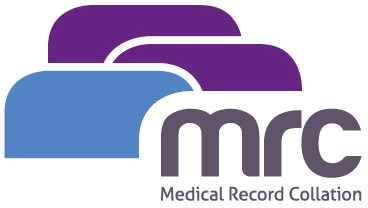Several years ago I was on call on a Sunday morning. For once, it was really quiet and I grabbed a coffee and a paper to read. I took a telephone call from a mother seeking some advice. She was not particularly worried. Her 3 year old had a temperature which she presumed was resulting from a cold. All her friend’s children had colds. I knew her well and I knew she was sensible. She just wanted some advice about what to give her child.
Meningitis in childhood is notoriously difficult to diagnose. It is also an uncommon infection, with a falling incidence over the last 15 years since the introduction of education and immunisation programmes. The incidence for all types of meningitis is 3/100,000 population per year (2013) thus a General Practitioner can expect to see only two cases in their career. Meningococcal disease (meningitis and septicaemia – blood poisoning – caused by the bacteria Neisseria Meningitidis) is probably the best known by the general population. This is most commonly seen in children under five and another peak in teenagers.
The key to a successful outcome in meningococcal disease from a Primary Care perspective is having a low index of clinical suspicion, early recognition, appropriate treatment with parenterally administered antibiotic and a rapid transfer to a hospital setting. But often the early symptoms and signs are non-specific, making it difficult to distinguish meningococcal disease from common self limiting viral infections.
There has been much education over the years to aid parents, pre-school organisations, schools, paramedics, General Practitioners and Emergency Departments in early recognition of meningococcal disease. The list of symptoms and signs is long with some defined as “Red Flags”. Probably the best known by the general population are the neck stiffness associated with meningeal irritation in meningitis and the rash associated with meningococcal septicaemia. Unfortunately, these can be late signs, by which time the infection can be well advanced. The appearance of the rash can be rapid and associated with rapid deterioration in the clinical state. Furthermore, neck stiffness is an unreliable sign, especially in younger age groups.
I asked all the usual appropriate screening questions, including the big one.
“Has she got a rash?”
“No doctor, I’ve just checked her all over” she responded.
All the responses to my other questions were the right ones. I felt comfortable this was likely to be a simple problem, like so many others, to deal with by telephone advice.
So, what made me suggest that she should come in for a face to face consultation?
To this day I don’t know. Sixth sense? Maybe, but probably not. Was it something the mother said? Don’t know. Was it because I had no other work waiting? Luck? Most likely.
You’ll have guessed by now where this is going. Half an hour later I was looking at the child, with both the mother and I staring with our combined disbelief at a typical meningococcal rash covering the chest and abdomen. And I’d never seen it before outside textbooks or pictures. Surprisingly, the child still seemed clinically well. The astonishing rapidity with which the rash had appeared. Appropriate emergency treatment ensued, then a rapid transfer to hospital.
The hospital tests subsequently confirmed a positive meningococcal infection on CSF and blood cultures.
The child made a full and uneventful recovery.
I have no doubt whatsoever that had I taken that telephone call during a period of high workload, there would have been a delay in diagnosis, and possible harm as a result.
For the child, the mother and me – there by the grace of God.
Malcolm Hickey
All entries are entirely fictitious and any resemblance to real events or characters is purely coincidental
